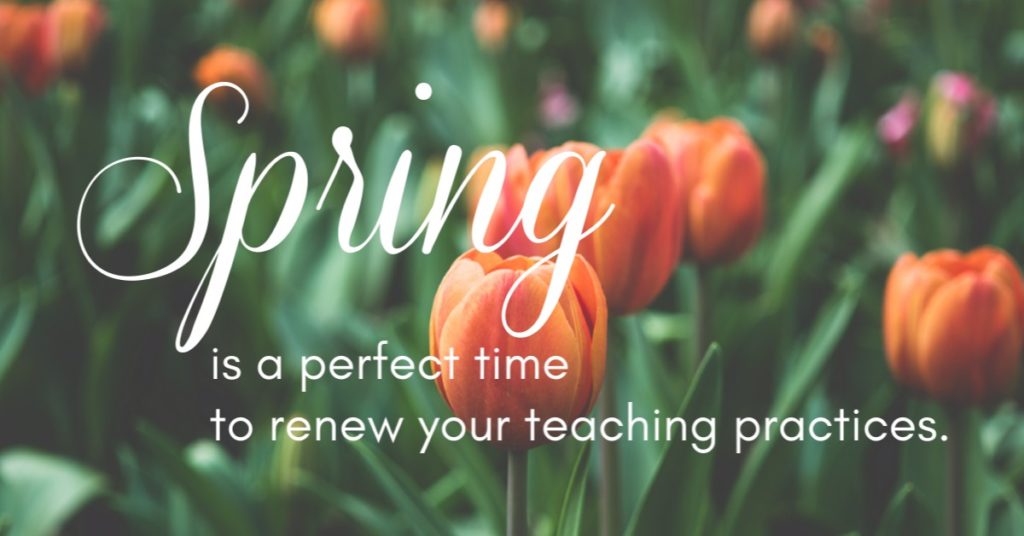
Recently I was in a school conducting observations, and I noticed that all of the classrooms were picture-perfect. The decorations on the walls looked like an advertisement for a teacher store, and would make some avid pinners jealous! As I watched the students in the class work, gather supplies, and interact with one another, I also noticed that though there were beautiful posters and signs on the walls, the students weren’t using them, despite the fact that they could have been extremely helpful to the tasks at hand. For example, one task had the students correcting sentences for missed punctuation, and there were charts around the room that explained what type of punctuation was needed in different types of sentences, but the students seemed oblivious to the charts. They whispered together and drew on the knowledge of the lesson they had learned, but it was clear that they didn’t feel they had a nearby resource that could support them.
In my debrief with the teachers, I commented on the elaborate room decorations and asked how the classroom design demonstrated a connected understanding of students’ developmental, cultural, and individual needs. Initially, the teachers responded that the premade posters related to grade-level skills. However, they then paused to reflect on how that represented the students in the classroom, and saw there was a gap. As our conversation continued, I could tell that the teachers were really connected to the way their classroom looked; and I understood. After all, I was a third grade and fifth grade teacher myself! Finally, one teacher looked at me and asked, “Do you know how hard I worked this summer to create all of these posters? I have put so much time in to get my classroom to look this way!”
Once this statement was made and acknowledged by all, we were able to grow. We started to explore what would happen if we let go of making our rooms look a certain way, to ensure they are picture-worthy. What would happen if we put up critical anchor charts that could be created with students, and used by them on a daily basis? What would happen if student goals were posted and referred to regularly as works in progress, rather than pipe dreams? What would our students gain from looking around the class and seeing themselves, their hard work, and their learning? How would our students’ learning change? How would their interactions within the classroom differ? What might be some benefits?
We continued to discuss the importance of using relevant examples and models that connect with students and display a deep level of understanding of students. The teachers recognized the importance of truly connecting with and learning about all students in the classroom. And, by letting go of the picture-worthy displays, this group of teachers saw purpose and benefit in creating a space that is inclusive, accessible to all students, and representative of all individual and cultural characteristics specific to the class.
A week later, the school sent me a follow-up email to our observation day. They had spent time in grade-level groups identifying displays that students could create to serve as reminders for social and academic routines. The whole school had an afternoon of creating new classroom displays, where the students did the work to decorate the walls. The new displays increased students’ sense of accomplishment and ownership in their classroom, and became a valuable resource for them: they were able to complete transitions with fewer verbal reminders, knew where to go to find support during academic activities, and had tools at the ready to support them during independent and group work times.
Ensuring that our students are represented in the classroom is a powerful way for us to learn about, and appreciate, each individual’s uniqueness. We can create student-centered displays through:
As we welcome the start of spring, it’s important for us to also think about how we can blossom and grow, as the warmer weather moves in and the days grow longer. Growing does not mean turning our back on all that we’ve done up to this point. Instead, we can look for ways to regenerate ourselves and our teaching practices from the solid foundation we’ve laid. As we emerge from the reflective winter season, we can allow our creativity to bloom and open ourselves up to the opportunities that await us. When we do this, we can emerge as stronger, more vibrant, and more enthusiastic educators!
Written by Sarah Fillion, Director of Consulting and Certification at CRS